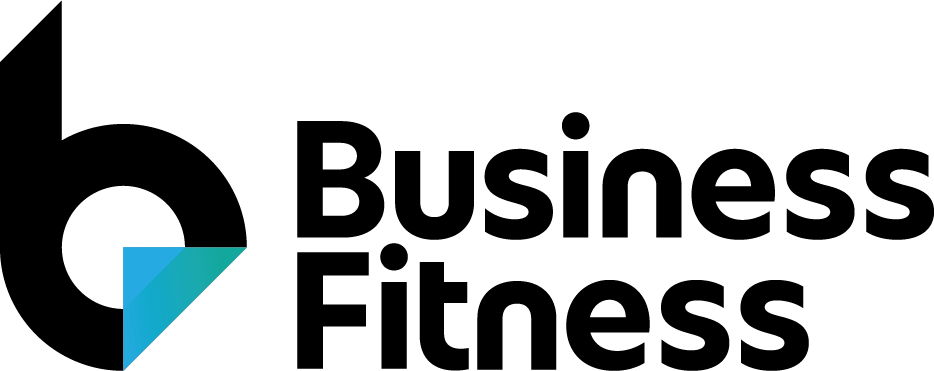Article Objective: To assist admin users in navigating the Admin Centre within Active Ledger & Reporting to access firm master reports and templates. Context: The settings selected in firm master reports and templates section will apply to all reports within the firm. It is our recommendation that a firm utilises standard firm reporting where possible. In addition, we recommend creating as few firm templates as possible. This will ensure that the correct reports are being consistently used within the firm. Please refer to the Glossary for definitions of key terms used in this article. |
Accessing the Admin Centre
Navigate to the Active Platform home page.

Click on your name icon and press Admin Centre.

Click on Ledger & Reporting Admin.

There are eight different tabs under the 'Reports' section, as below.

1. Global report settings
The global report settings dictate the location and format of the accounting policies in a report.
For more information, see the administration guide: Reporting - global report settings.
2. Report styles
Report styles let you customise the look and feel of your reports by changing items such as colours, fonts, sizes and margins. By default all styles are inherited from those managed by Business Fitness, however this area allows you to customise them as you see fit.
For more information, see the administration guide: Reporting - styles.
3. Report masters
Report masters detail the overall outline and order of the report. In this screen, an administrator can create or edit custom firm reports. 'Page templates' can also be added to the report master. Active Ledger comes with various standard reports, including Special Purpose Financial Report, GPFR Simplified Disclosures, etc., as well as an empty report.
For more information, see the administration guide: Reporting - report masters.
4. Page templates
Page templates are individual pages which are inserted into a report master. Pages can be customised in a variety of ways to fully customise your reports. There are four different types of pages:
- Presentation (e.g. Cover Page)
- Financial Statements (e.g. Profit and Loss, Notes)
- Legal (e.g. Compilation Report)
- Story Board (e.g. Income Results)
For more information, see the administration guide: Reporting - page templates.
5. Page layouts
Page layouts can be used so that you can change the look of the report without having to create multiple files or change the accounts screen for an entity. You are able to change the layout by adding, editing and removing totals, adding labels or creating swinging accounts for when account balances become negative.
For more information, see the administrative guide: Reporting - page layouts.
6. Header templates
Customised headers can be created to be used in page templates. This allows you to create firm branding for your reports. Active Ledger also contains a number of system generated headers for use.
For more information, see the administrative guide: Reporting - page templates.
7. Footer templates
Footer templates can be created to be used in individual page templates at a firm level or in entity-specific reports. Active Ledger has a 'Compilation' and 'Internal use' footer available for use.
For more information, see the administrative guide: Reporting - page templates.
8. Notes
Notes contain both the accounting policies and the financial statement notes (such as Cash & Cash Equivalents, etc.). There are two sections to notes:
i. Policies/disclosures - a policy or a disclosure is an individual statement which can have different paragraphs for different report masters. Each policy and/or disclosure can belong to a different reporting suite. This enables a large amount of flexibility in the way they are used and managed
ii. Policy/disclosure variants - A variant is a field which can be applied to a policy or disclosure. When creating a report master or creating a report in an entity, different variants can be selected.
For more information, see the administration guide: Reporting - notes.
